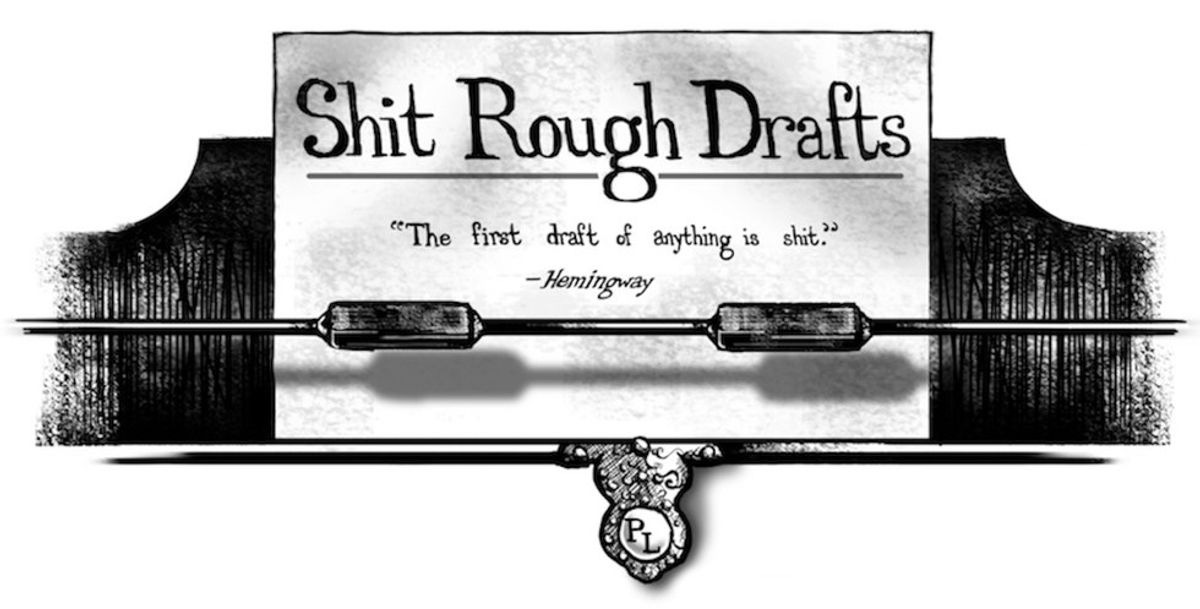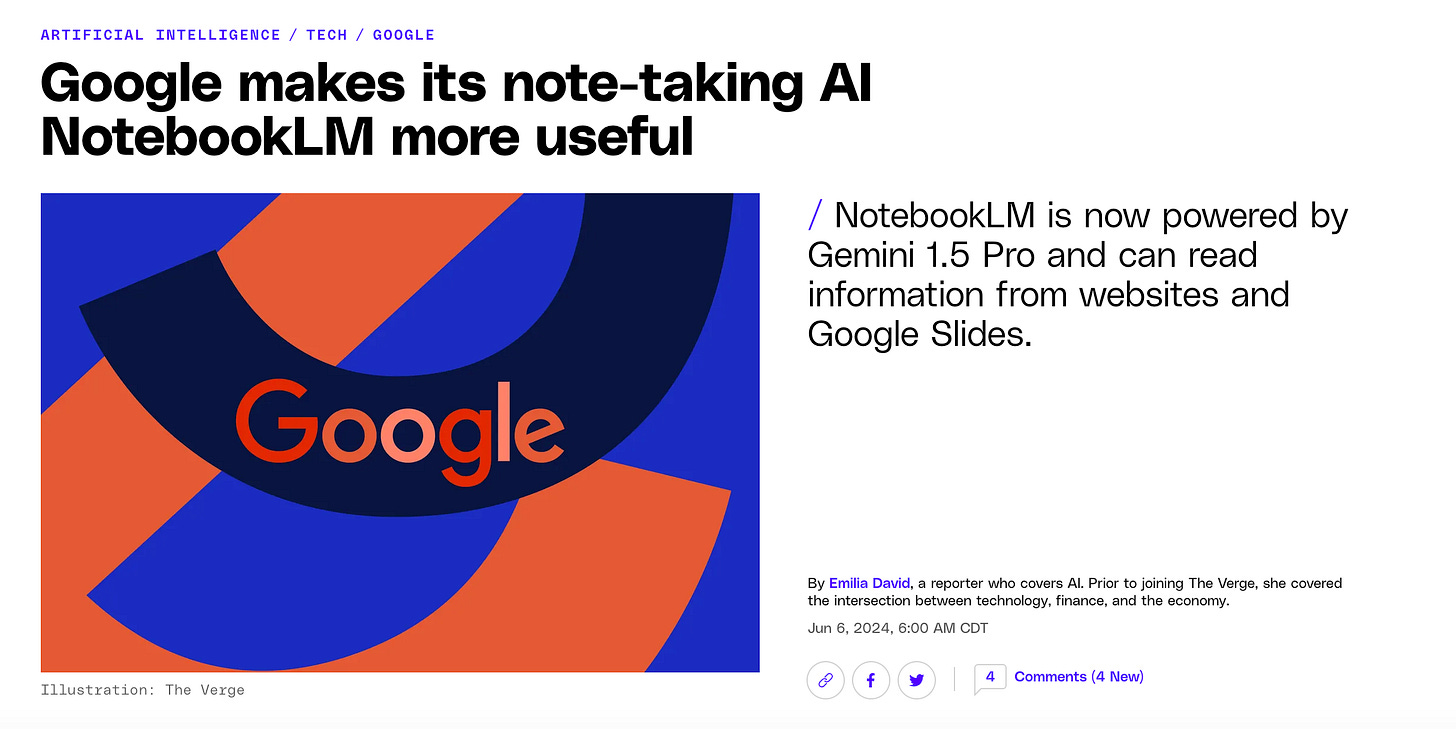First Drafts In The AI Era
How will people compose text moving forward, now that every author working with a digital word processor and internet access can use generative AI? Many will likely opt to write traditionally as they did before, but some will use AI in partnership to draft. At this point, the methods a writer uses to develop a first draft feel like a dealer’s choice dilemma—ask AI to generate the draft for you, or bring some of your writing to the table and have AI help expand and refine it. If students use AI in their drafting process, I’m increasingly drawn toward advocating for the latter method.
Why First Drafts Are Crucial
I don’t like the idea of students going to AI and prompting a first draft. I know some have argued that this could be a helpful method to fight the blank-page anxiety most writers feel. Others view this as helping maturing writers by giving them a template or outline to help them organize and scaffold their ideas. I think there may be some value in those approaches, especially in terms of helping struggling students who might otherwise balk at writing, but all of these approaches assume a maturing writer will then use their budding rhetorical knowledge, content knowledge, and contextualize knowledge to complete the draft. Those of us who’ve taught first-year writing likely raised a questioning eyebrow at that idea.
Students struggle quite a bit when writing. For many, that struggle is a productive one, helping them exercise habits of thinking and self-inquiry, testing ideas, taking creative risks, and often failing. Anne Lamott’s Shitty First Drafts lays bare this process with frank elegance. I wish developers of LLMs would read it because as Lamott puts it, there’s a profound disconnect in how many fail to divorce the reality of the writing process from the end product:
People tend to look at successful writers who are getting their books published and maybe even doing well financially and think that they sit down at their desks every morning feeling like a million dollars, feeling great about who they are and how much talent they have, and what a great story they have to tell; that they take in a few deep breaths, push back their sleeves, roll their necks a few times to get all the cricks out and dive in, typing fully formed passages as fast as a court reporter. But this is just the fantasy of the uninitiated.
That fantasy of the uninitiated doesn’t see the often maddening process that goes into shaping and forming the words and sentences on the page. Lamott does a wonderful job of articulating this struggle and demystifying it:
The first draft is the child's draft, where you let it all pour out and then let it romp all over the place, knowing that no one is going to see it and that you can shape it later. You just let this childlike part of you channel whatever voices and visions come through and onto the page.
Having AI generate a draft for you might not give you the same experience because an AI-generated draft might be something’s child’s draft, but not your own. The creative risks aren’t the same. Yes, you get a fast start from going to a blank page to a rough draft but having a machine do that for you feels like leaping from the crowd in front of the Boston Marathon and sprinting the last hundred yards ahead of everyone else.
We should advocate for keeping as much of the productive struggle of writing in the process. Others will see this differently and make compelling arguments of their own, and I hear you, but at some point we need to find common ground between the increasingly polarized camps entrenching themselves around AI.
AI after the first draft
I'm not suggesting we toss AI out the window entirely. Far from it. Once that first draft is down—once a writer has wrestled with their ideas and gotten them onto the page—that's when AI might become a useful tool. Google's NotebookLM could help students connect the dots, organize their thoughts, and even discover new angles they hadn't considered.
Generative AI works best if you give it specific data to hone and shape its output. After a student has a first draft, AI can be used as a powerful synthesizing and feedback tool to help students clarify and expand their ideas. Using NotebookLM as a writing aide uses generative AI to help shape a user’s ideas because it requires them to upload their words to use it.
A student could complete all the scaffolding portions of a major research essay organically: a research question; thesis, multiple child drafts, brainstorming notes, and even an annotated bibliography and upload those documents into NotebookLM and prompt the system to give them connections and outlines for putting it all together. Using AI in this way preserves a great deal of the thinking that went into the writing process.
Another idea is using a tool like NotebookLM to help students organize portfolios. My first-year writing students write snap reflections and longer in-depth unit reflections throughout the semester. When it comes time to put them together at the end of the term in a reflective portfolio, a student has dozens of messy moments that record what they’ve learned throughout the course. Many students are often so exhausted at this point that they don’t effectively synthesize or summarize their ideas into a compelling narrative that identifies how they learned. If they uploaded these to NotebookLM, then generative AI could easily create a Wikipedia page-like entry summarizing their learning, including footnotes that link back to individual reflections. In this instance, we’d advocate for students to treat it like a source on Wikipedia—a great starting point that could illuminate their own self-discovery and serve as a scaffold for them to explore their personal reflective practices throughout the semester.
Incorporating AI into the writing process is a balancing act, for sure. We shouldn’t be spending our time making our students tech-savvy—we should teach them to mix traditional and new tools to explore ways to more deeply get in touch with their own creative processes and advocate for ways we believe best serve that journey. We want to train writers who can harness both the old and the new without losing that essential human spark that makes writing not just a skill, but an art.





For the student who can't get started on the blank page, what would you think about "Coach me through a brainstorming process that will help me write my essay" instead of "Write a first draft of my essay for me" approach?
Thanks for connecting to Lamott! I love that book and I try to teach her "Shitty First Drafts" in all of my FYC classes. And great idea for using an LLM to synthesize some things for students at the end of the term!